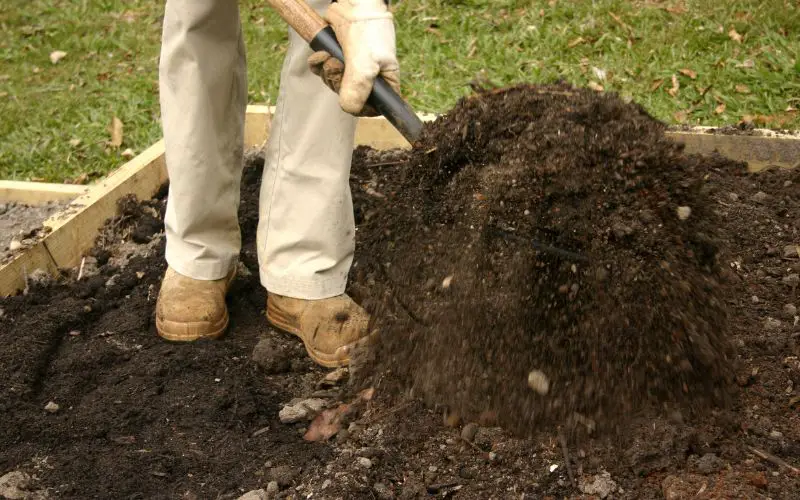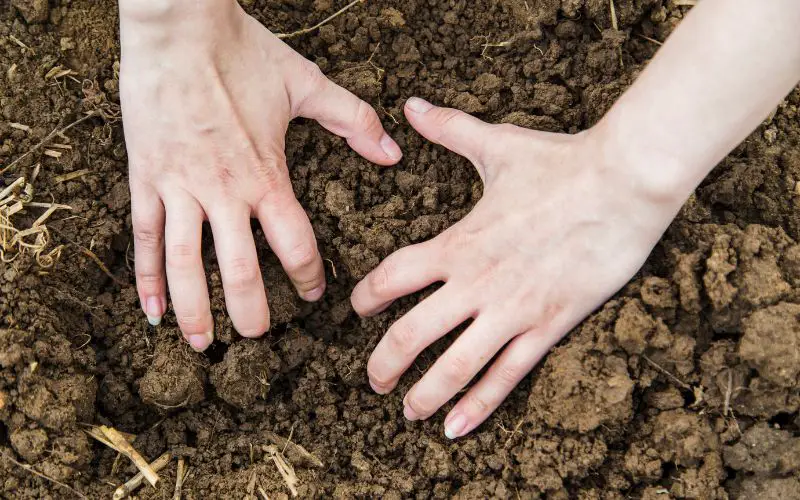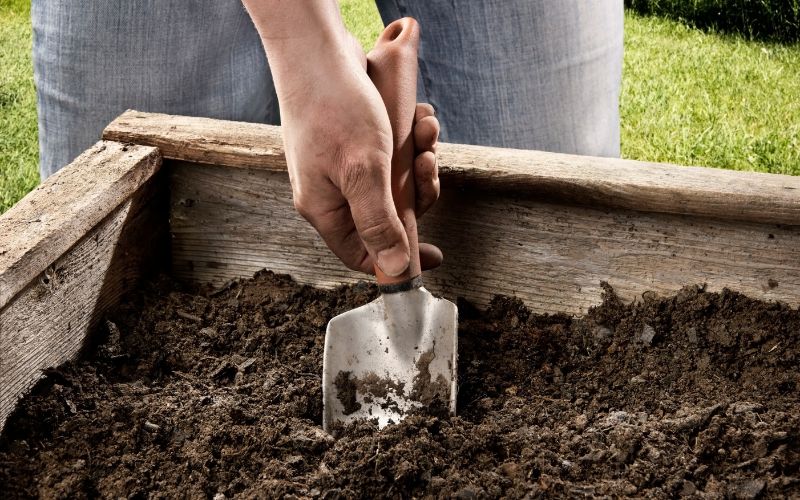No dig garden beds are a great option for gardeners who want to avoid the back-breaking task of digging up a garden bed each season.
They are also a good choice for those who have limited space or bad soil conditions.
No dig garden beds are just what they sound like – garden beds that do not require digging. The most common type of no dig garden bed is made with layers of cardboard, straw, manure, and other organic materials. These materials break down over time, improving the quality of the soil. No dig garden beds can also be made with raised planting boxes or tires filled with soil mix.
What are no dig garden beds?
No dig garden beds are raised beds that are built without having to till or dig the soil first.
This type of gardening is also sometimes called lasagna gardening or sheet composting.
No dig garden beds have many benefits, including less work, fewer weeds, and improved drainage.
If you’re interested in trying out no dig gardening, read on for more information.
How to create a no dig garden bed
If you want to try your hand at no dig gardening, there are a few things you’ll need to do to get started.
First, you’ll need to choose a spot for your garden bed.
It’s important to choose a spot that gets at least six hours of sunlight per day and has good drainage.
Once you’ve chosen a spot, it’s time to start layering.
To create a no dig garden bed, you’ll need to start with a layer of newspaper or cardboard.
This layer will help kill any grass or weeds that might be growing in your chosen spot.
Next, add a layer of green materials such as grass clippings or leaves. This layer will help add nutrients to your soil.
Finally, add a layer of brown materials such as straw or wood chips. This layer will help improve drainage and aeration in your soil.
Once you’ve added all three layers, water well and let your bed sit for a few weeks before planting anything in it.

How do no dig garden beds work?
No dig garden beds are basically just what they sound like—raised beds that don’t require any digging.
Instead of digging up your yard to create a traditional raised bed, you simply build a frame out of wood, hard plastic, or metal and fill it with a layer of organic matter.
Once the bed is filled, you can plant your seeds or seedlings directly into the organic matter.
There are a few different ways to build a no dig garden bed.
One popular method is to lay down newspapers or cardboard over the area where you want to build the bed, then cover the newspapers or cardboard with several inches of organic matter.
As the organic matter decomposes, it will create a nutrient-rich environment for your plants to grow in.
[amazon box=”B09C8HR4Z9″ template=”horizontal” title=”Recommended No Dig Bed” description=”Galvanized Steel. Corrosion Resistant. 5 Minute Setup”]
Another method is to build a wooden frame around the area where you want to build the bed, then fill the frame with organic matter.
Whichever method you choose, building a no dig garden bed is much simpler and less labor-intensive than traditional gardening methods.
The beds work by creating a barrier between the soil and the plants.
This barrier prevents weeds from taking root in the garden bed and competing with the plants for water and nutrients.
By excluding weeds from the equation, no dig gardening also reduces the amount of time and effort that you need to spend maintaining your garden.
Do no-dig garden beds really work?
The main benefit of a no-dig garden is that it doesn’t disturb the existing soil structure.
This means that there is no need to till or turn the soil, which can compact it and make it harder for roots to penetrate.
No-dig gardens also tend to have fewer weeds than traditional gardens, because weed seeds are brought up to the surface when you dig in the soil.
Are no-dig gardens better than traditional gardens?
There is no easy answer to this question. It really depends on your personal gardening preferences and needs.
If you have good quality soil that drains well, then a traditional garden may be just fine.
But if your soil is heavy clay or sand, then a no-dig garden may be a better option.
No-dig gardens can also be a good choice if you don’t have much space for gardening, or if you want to avoid disturbing existing plants and root systems.
Benefits of no dig garden beds
No dig garden beds offer a number of advantages over traditional gardening methods.
First of all, because no dig garden beds don’t require any digging, they’re much less labor-intensive than traditional gardens.
You can literally build a no dig garden bed in an afternoon.
Secondly, because no dig garden beds are filled with nutrient-rich organic matter, they provide an ideal environment for plants to grow in.
Plants grown in no dig garden beds are also less likely to be exposed to harmful chemicals and pesticides since they’re not in direct contact with the soil.
Finally, no dig garden beds can be built on any type of ground, even concrete.
So if you live in an apartment or other dwelling without access to land, you can still have a beautiful garden by building a no dig garden bed on your balcony or patio.
They save time and energy since you do not have to dig them each season.
They improve your soil quality over time as the organic materials break down.
They make it possible to grow a garden in poor soil conditions or limited space.
They keep weeds and pests out of your garden since they are enclosed on all sides.
-hey warm up earlier in the spring because the sun can penetrate the layers more easily.
They retain moisture better than traditional gardens since the soil is not exposed to the air.

Drawbacks of no dig garden beds
While no digging garden beds offer many benefits, there are a few drawbacks to consider as well:
You might not be able to avoid digging entirely
While the name “no-dig gardening” might make it sound like you’ll never have to break out a shovel again, that’s not necessarily the case.
If you’re starting a garden from scratch on bare ground, you’ll still have to do some initial digging to loosen up the soil and remove any large rocks or tree roots that might be present.
Once your garden is established, however, you should be able to maintain it with very little digging.
You might have to wait a little longer for results
No-dig gardens tend to take longer to establish than traditional gardens because you’re relying on natural processes (such as decomposition) to improve the quality of your soil.
If you’re in a hurry to get results, no-dig gardening might not be the best option for you.
Patience is key.
Weeds can still be a problem
Just because you’re not actively digging up your soil doesn’t mean that weeds won’t be able to take root and grow.
In fact, some experts believe that weed seeds actually have an easier time germinating in undisturbed soil.
The good news is that there are plenty of options for dealing with weeds in a no-dig garden; mulching with newspaper or straw, using weed fabric, and hand-pulling are all effective options.
Final Words
No-dig gardening can be a great way to reduce the amount of time and energy you spend maintaining your garden.
When done correctly, they can be an effective way to reduce the amount of time you spend weeding and tilling your soil.
However, it’s important to remember that they won’t completely eliminate the need for weeding, you’ll still need to pull any weeds that manage to find their way through the weed barrier fabric.
But if you’re looking for a low-maintenance gardening solution, no dig garden beds are definitely worth considering.






